
Have you ever heard of Tianjin? While it may not be as well-known to travelers as its neighbor Beijing, it is one of the four cities in China that is directly administered by the central government. As of the end of 2018, it had a residential population of over 15 million, making it one of the top five most populous cities in China. It boasts the largest harbor in Northern China and its GDP ranks fifth among Chinese cities, following only Shanghai, Beijing, Shenzhen, and Guangzhou. With all these impressive facts, aren’t you curious to see what Tianjin is like? Especially considering it’s only a half-hour train ride from Beijing.
On September 8th, 2019, a long-term client of Charmission who had visited China many times decided to take a short day trip with me to Tianjin. Although it was only a brief visit, he said he enjoyed it.
We have the high-speed train to thank for making the trip possible, as it only takes half an hour to travel between Beijing and Tianjin. The train connects Beijing South with three different stations in Tianjin: Tianjin West, Tianjin, and Tianjin South. We chose to arrive at Tianjin station because it is centrally located. For our departure from Tianjin, we chose Tianjin South because it was the only station with available tickets, despite there being around 200 trains traveling one way between the two cities every day. What a surprise!
After arriving at Tianjin Station, we took the metro, which is conveniently connected to the train station underground. We rode for 56 minutes to Shi Min Guang Chang Station and then took a 9-minute taxi ride to Binhai Library. Interestingly, the journey took twice as long as the high-speed train ride!
Train to Tianjin
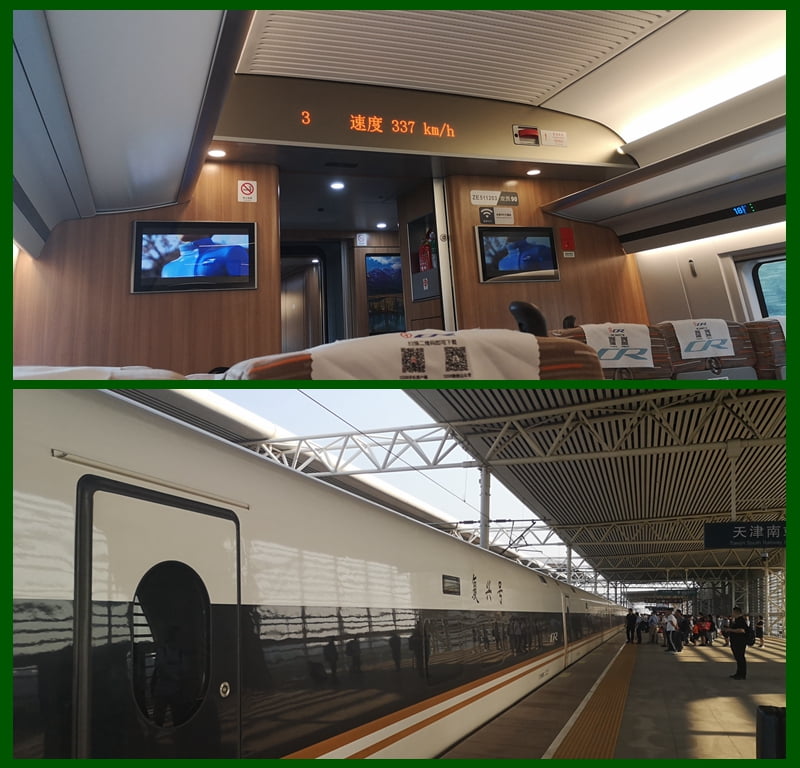
Binhai Library is situated within the Binhai Cultural Center, a vast complex that includes the Binhai Art Museum, Binhai Science and Technology Museum, Binhai Performance Center, Citizen Activity Center, and Cultural Gallery. The center also offers a variety of dining options, including several restaurants and cafes.
Binhai Cultural Center(滨海文化中心)
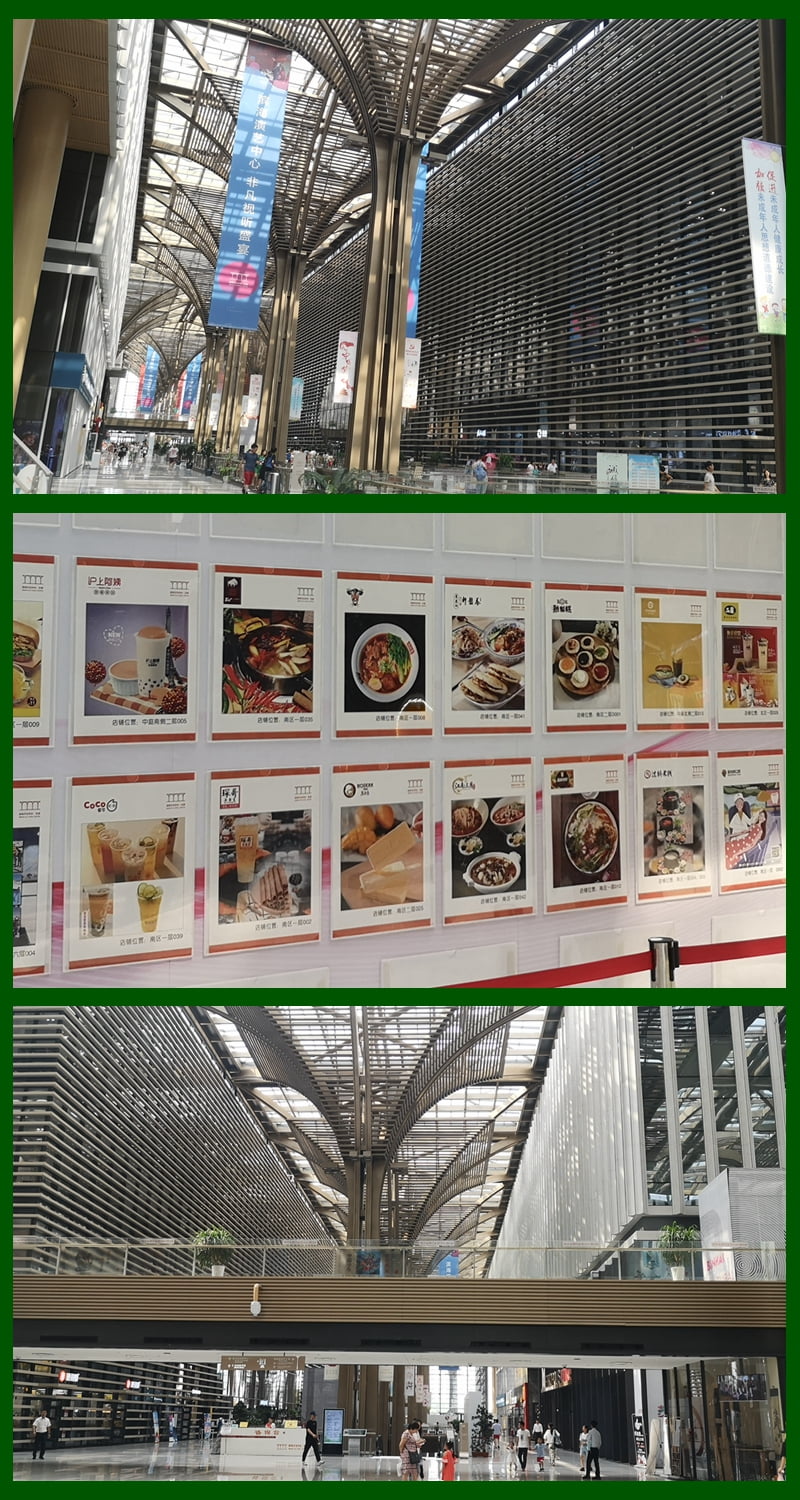
Our main reason for visiting the Binhai Cultural Center was to see the library, which has become famous on the internet for its stunning design by Winy Maas, one of the founders of MVRDV in The Netherlands. When we arrived, there was a long line to enter the library, so we decided to have lunch first. This turned out to be a good decision because when we returned after lunch, there was no longer a line. However, we were turned away at the gate because slippers are not allowed inside. We took some pictures at the gate and saw that the library looked just as impressive as it does in pictures online. There are many rooms to explore further inside.
Binhai Library(滨海图书馆)
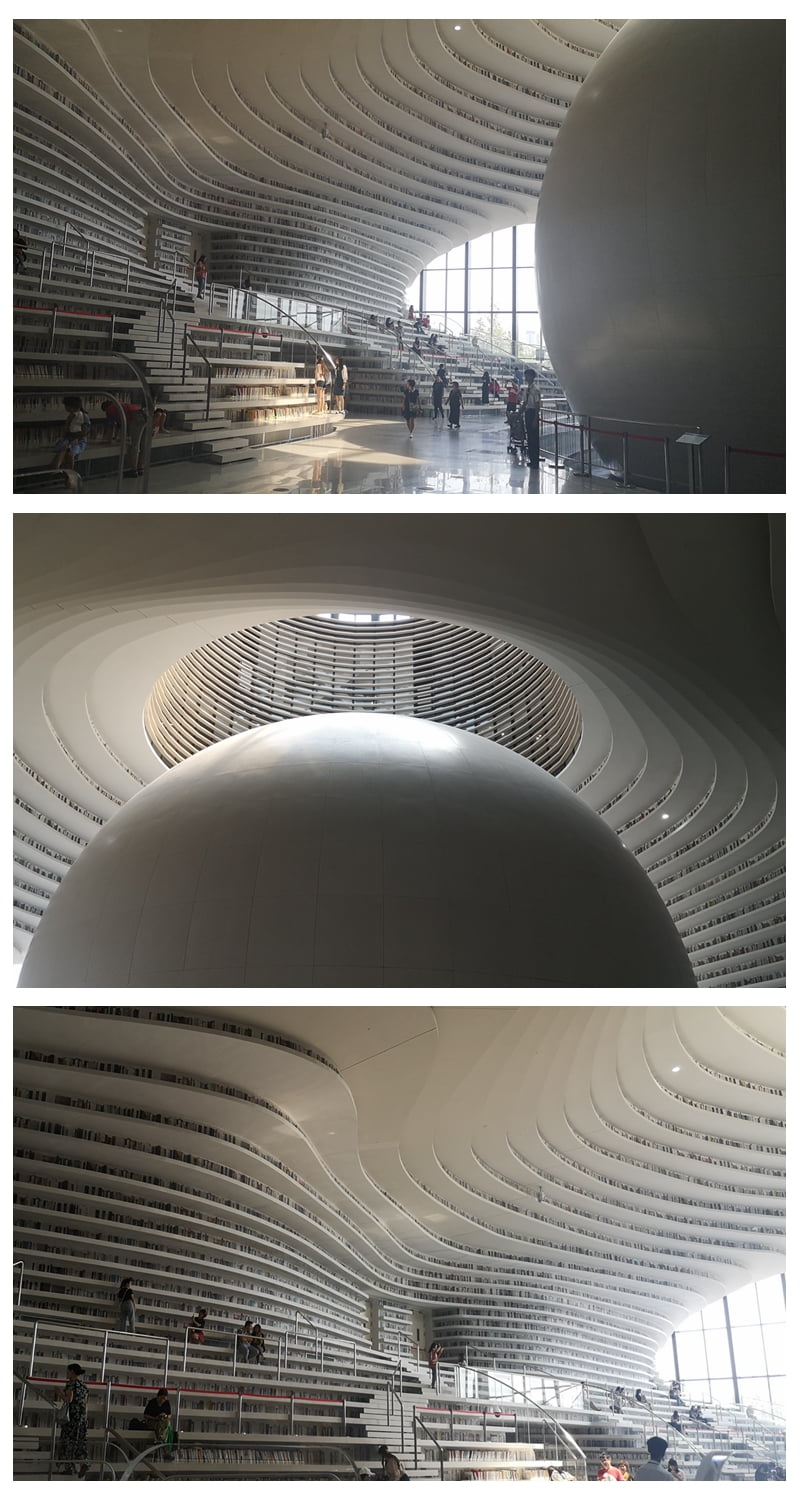
Instructions For Admission

Next, we took a 1-hour taxi ride to the city center to visit the China House Museum. Originally a French-style villa, it has been renovated by its current owner, Zhang Lianzhi, into a unique porcelain museum covered in porcelain pieces. The museum also houses a collection of ancient-style furniture and antiques. As expected, there were many domestic tourists visiting the museum. It was strange to see so many priceless objects casually displayed in one place.
China House Museum(瓷房子)
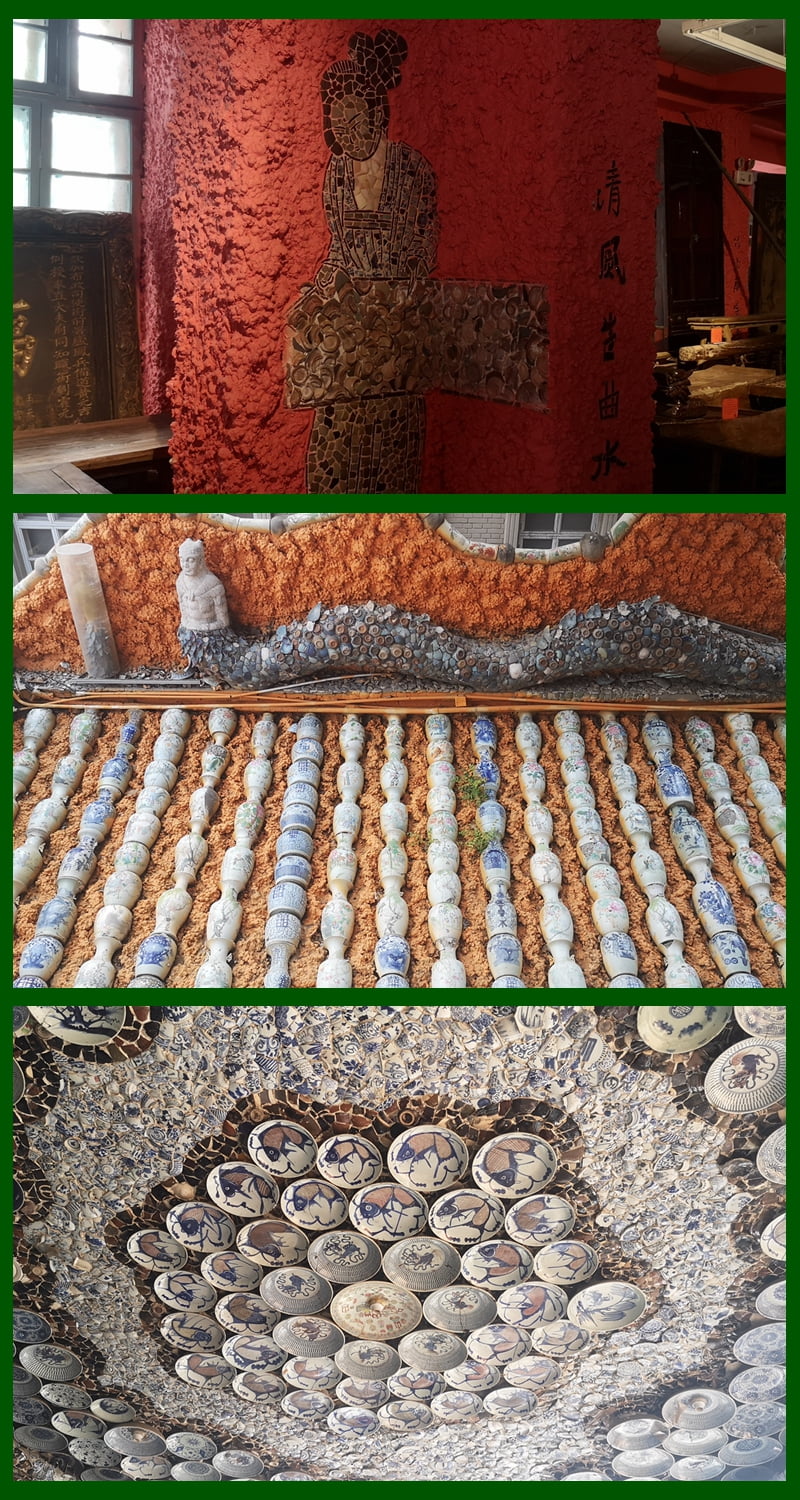
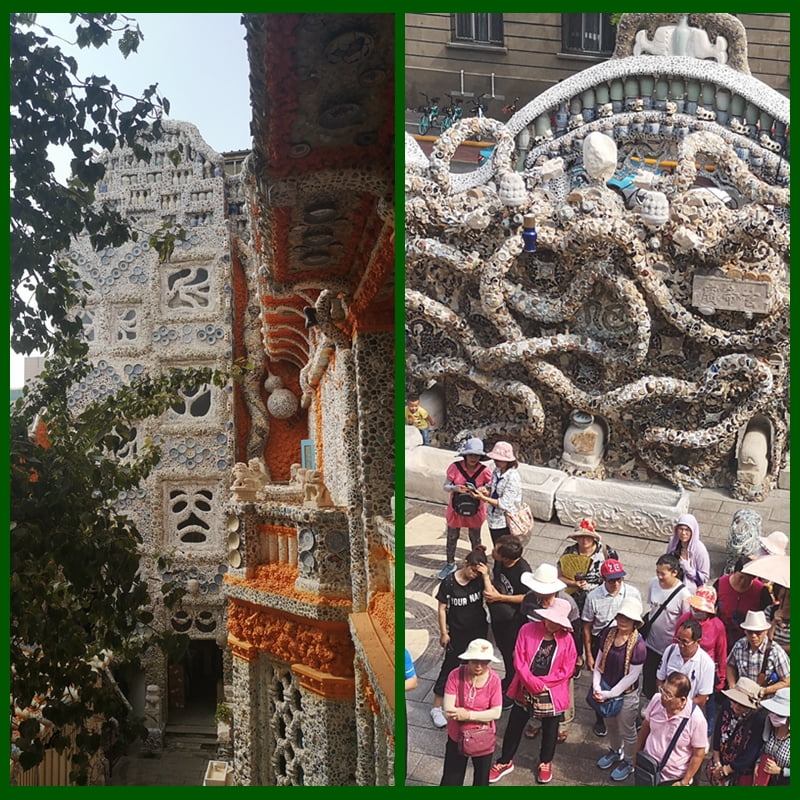
After visiting the China House Museum, we took a 15-minute drive to the Five Avenues, located south of downtown Tianjin. These five parallel streets run from east to west and are named after five cities in southwest China: Chongqing Dao, Changde Dao, Dali Dao, Munan Dao, and Machang Dao. The area covers a total of 22 streets and 1.28 square meters. In December 1860, it became the British Concession and since the 1910s, buildings in various architectural styles have been constructed here. The area is known as the World Architecture Expo Park and is home to many restaurants and bars. I imagine it would be a great place to have fun at night.
Five Avenues(五大道)

After exploring the Five Avenues, we took a 40-minute drive to Tianjin South Station. Tianjin is a large city and we only saw a small part of it. There are many other attractions to see, such as Tianjin Ancient Culture Street, the Former Concessions in Tianjin, the Tianjin Eye, Tianjin Italian Town, the Hai River, and numerous museums, old residences, mosques, churches, temples, and parks. I have visited Tianjin several times and still haven’t seen everything. I encourage you to come and see for yourself!
By Angie Guo - Charmisson Travel
